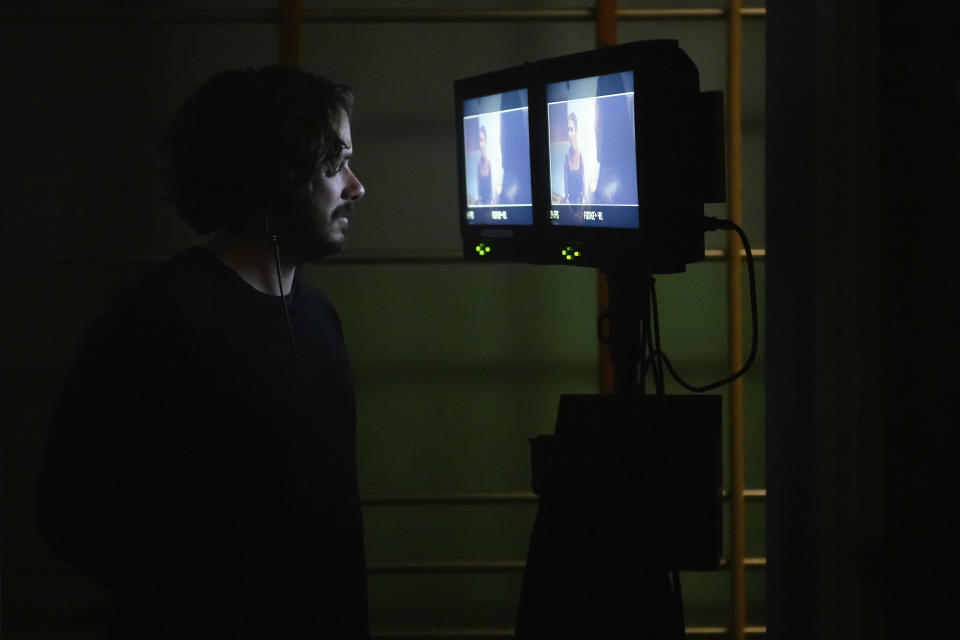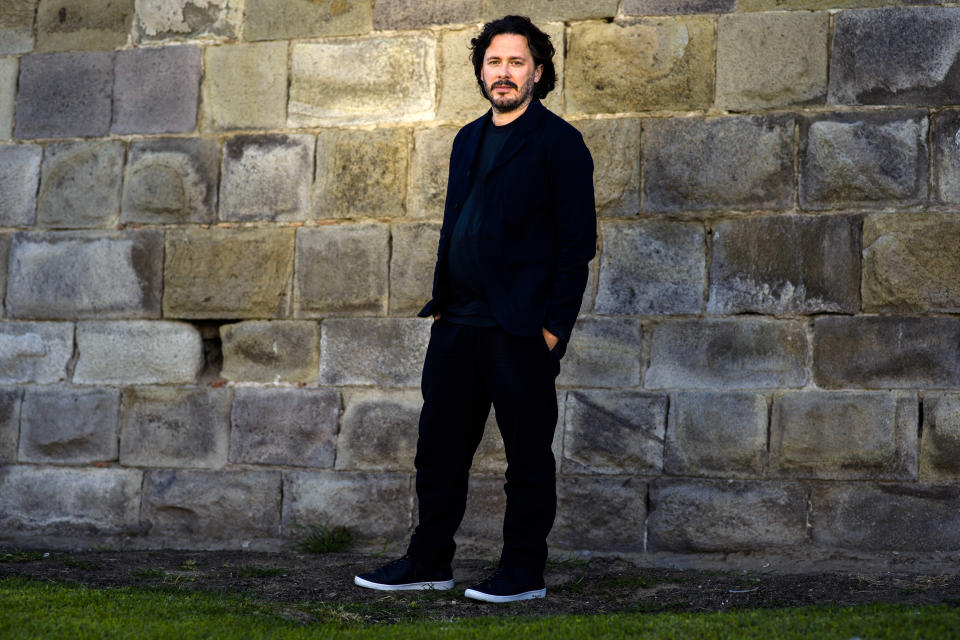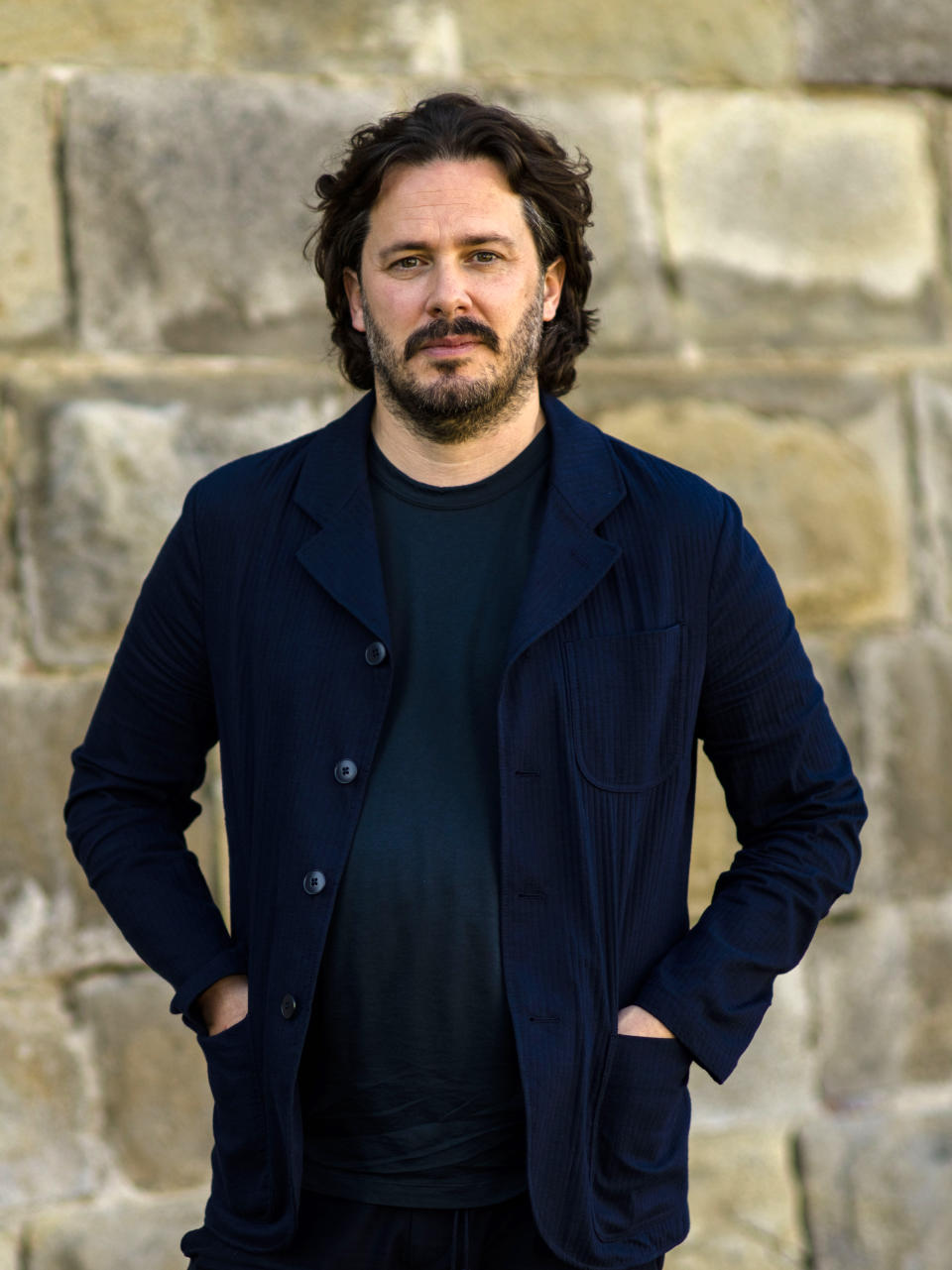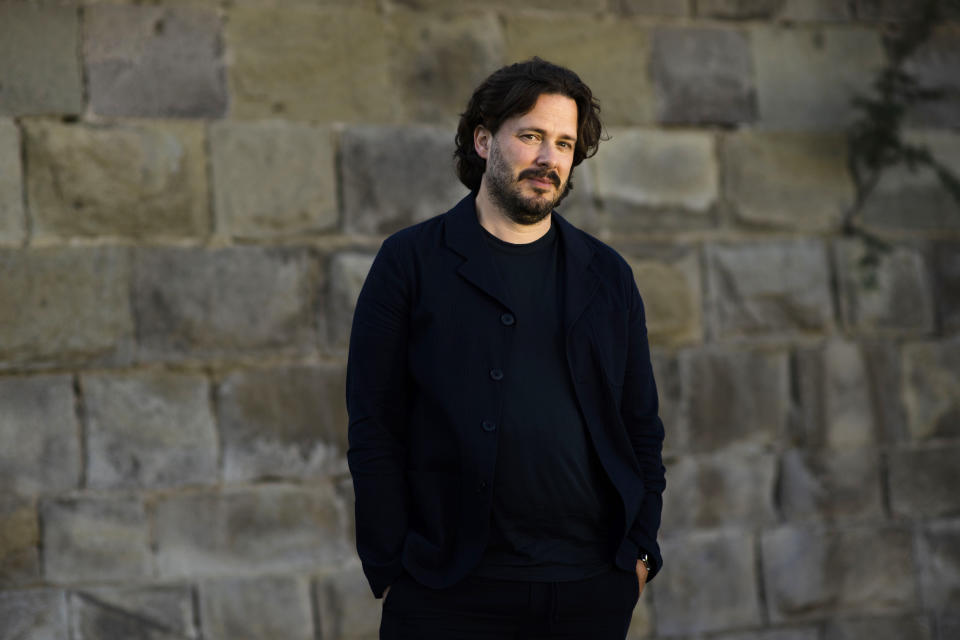Past and present meet ‘Last Night in Soho’
VENICE, Italy (AP) — It’s a few hours before the world premiere of Edgar Wright’s “ Last Night in Soho ” at the Venice Film Festival and Wright is getting a little teary eyed. He’s telling a story about Dame Diana Rigg. It’s a good one, too, involving Campari and soda on the last day he saw her.
Most stories involving Rigg have a supporting Campari and soda part.
It's a story he’s told before and will certainly tell again since a few weeks after that encounter she died at the age of 82. But it’s been a long day that isn’t quite over yet and Wright has become acutely aware that it’s impossible to separate this movie, a passion project of his for over 10 years, from the surreal experience of not only working with a star who had epitomized 1960s glamour, but also befriending and losing her.
But if there ever was a film fit for reflection about past, present, fantasy and reality, “Last Night in Soho” is it. The stylized story imagines a young, 1960s-obssessed fashion designer, Eloise (Thomasin McKenzie) who travels to London for school. When she finds a room to rent in an old home in Soho, she begins having increasingly realistic dreams about the era and an aspiring singer, Sandie (Anya Taylor-Joy), that starts out as sparkling, champagne fun, but takes a sinister turn the deeper she goes. The film opens in theaters Friday.
“The movie is essentially about the dangers of nostalgia,” Wright said. “There is no magical decade where everything was great. It’s just a fallacy to suggest that that exists.”
It is an exciting departure for Wright, who has become known for a particular brand of referential humor, and something he’s been thinking about for a while. He’d worked out the story, the soundtrack and had a “phone book” full of interviews with people who’d lived, worked and drank in Soho spots like the Café De Paris over the years. But when he finally sat down to write it, he just stared at a blank page.
Help would come in the form of screenwriter Krysty Wilson-Cairns, who he’d met somewhat perfectly on the night of Brexit, and who also used to work in a pub in Soho (The Toucan, which features prominently in the film). And for six weeks in a rented office in Soho, they wrote.
“I had originally envisaged all of the '60s scenes being kind of silent, like they were like musical set-pieces,” Wright said. “(Krysty) said I don’t think we can fall in love with Sandie unless we actually hear her speak. It changed the dynamic in a great way.”
Wright had originally envisioned Taylor-Joy as Eloise. He’d even told her as much when he met her in 2015 just as she was breaking out after her turn in the indie horror “The Witch.” But when they started developing Sandie into a richer character, he realized that it was meant for her.
“It was sort of having seen her in other films and even just seeing her on the carpet,” Wright said. “She almost like a silent movie star, isn’t she?”
This meant he was now without an Eloise. Then someone suggested 18-year-old McKenzie.
“This was definitely a project that I chased. It wasn’t offered to me,” McKenzie said on a Zoom call from lockdown in New Zealand. “I was a very similar stage in my life... She’s a young girl with big aspirations, big hopes, a little bit shy and uncertain, but determined to kind of prove herself and making her way to the big city and then kind of being overwhelmed with everything that came with that journey.”
The parallels didn't stop there. Not only were she and her character coming to London at age 18, her grandmother would be played by Rita Tushingham, who made “A Taste of Honey” when she was 18 in 1961.
“I loved the relationship between Ellie and her grandmother. I’ve lived with my grandmother my entire life. She’s 94 now,” McKenzie said. “In a way, I did this film in honor of her career.”
McKenzie’s grandmother is actor Kate Harcourt, who was made a dame in New Zealand for her contributions to theater. As in the film, the past and present were always in dialogue.
Wright also wrote a meaty role for another major name of the era, Terence Stamp. It’s a nod not just to actors he grew up loving, but also an acknowledgement that many of those stars of the past are still vital and working today. In “Soho,” Rigg, Stamp and Tushingham aren’t just there for “tokenry,” he said. They are pivotal parts they all wanted to play. The stories about working with Federico Fellini and William Wyler and the lunch date with Tushingham and Richard Lester were just bonuses.
He mostly relished the opportunity to both pay tribute to and expose an era that has increasingly been reduced to something of a false novelty.
“It’s something that I feel in dreams that I haven’t really seen in a movie is the idea of what if you went back and lived vicariously through somebody else but you were just a witness? As in, you’re there and you’re seeing it, but you can’t do anything,” he said. “If making a movie is like being on the therapist couch, it’s like, you cannot change what’s past, you can only deal with the past in the future. So that’s sort of what the movie’s saying. No matter what you do, you cannot turn back the clock and change things. You have to deal with it now.”
The last day he saw Rigg to loop some lines, she was bedridden. They did their work and sipped Campari and soda and then just chatted for an hour.
Wright was working with his editor when word came that Rigg had passed — almost exactly one year before the film would have its glitzy Venice premiere.
“That day,” he said, “We put the dedication at the start of the movie.”
—-
Follow AP Film Writer Lindsey Bahr on Twitter: www.twitter.com/ldbahr






